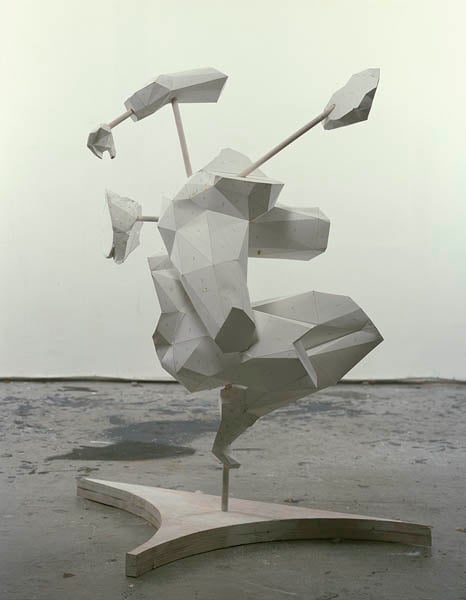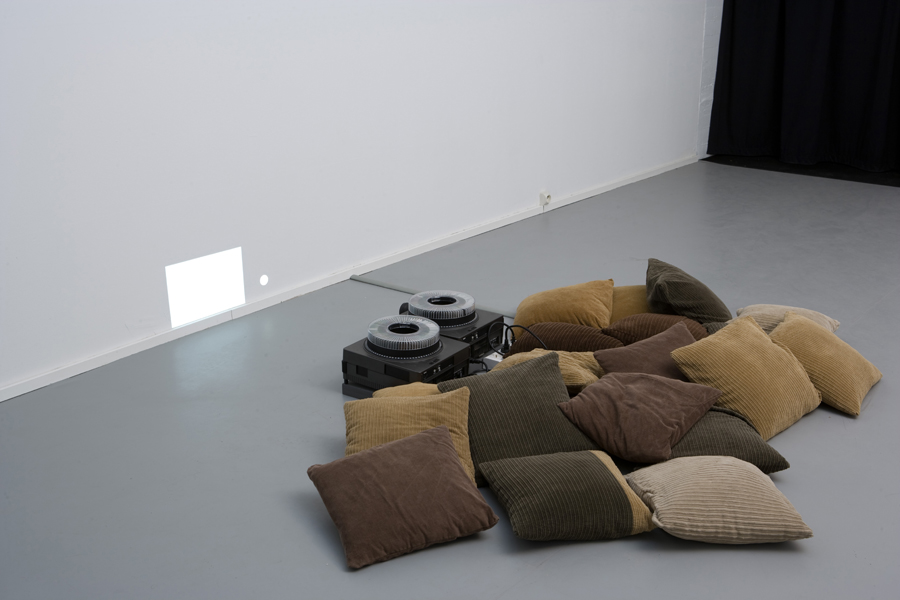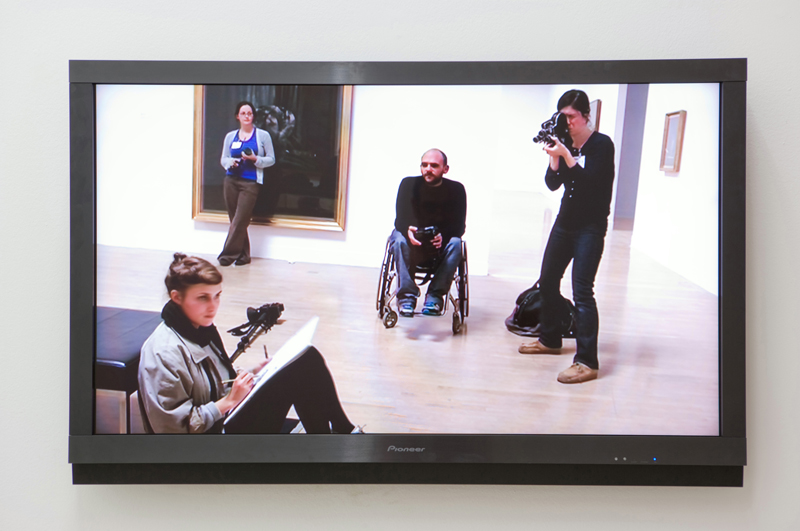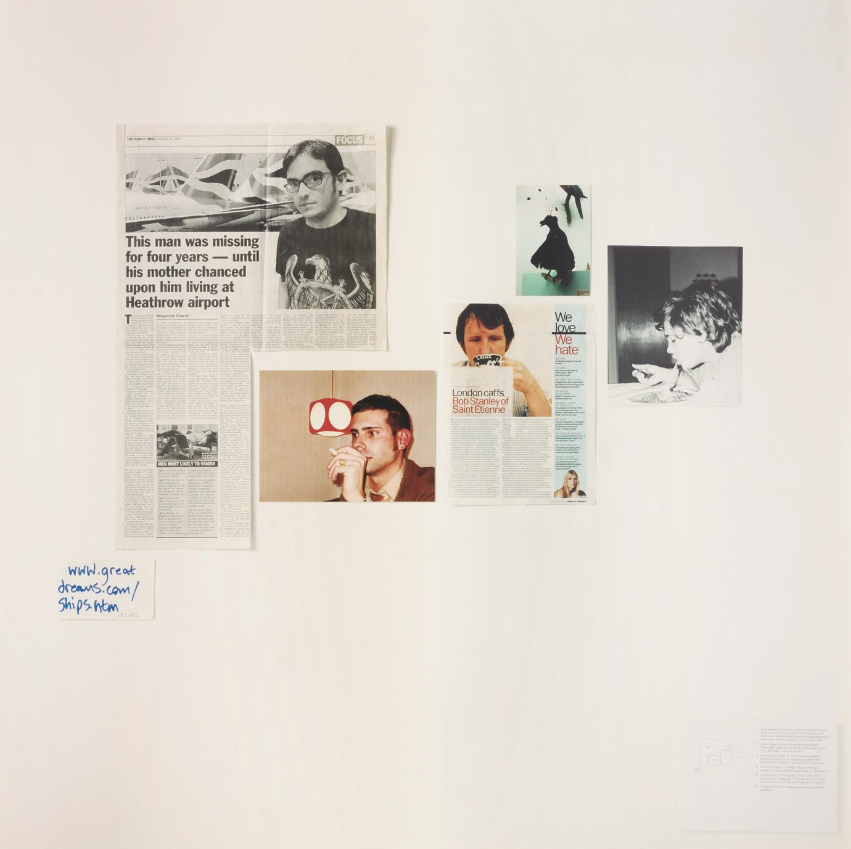Wagon Wheel
2007 - Sculpture (Sculpture)
110 x 80 x 50 cm
Toby Ziegler
Wagon Wheel is a work with a fundamental dynamism that derives both from the rotating movement of the elements suspended on poles and the kicking of the legs of the figure. It is based on a pornographic image by Giulio Romano (ca.1499-1546). Romano had completed Raphael’s frescos in the Vatican after the latter’s death but was not paid for the work. Ziegler relates how in revenge Romano drew pornographic images on the buildings of the Vatican. The Pope erased them but Marcantonio Raimondi (ca. 1480-1534) turned the images into prints, a series called « I Modi », which were widely circulated in Rome and for which he was jailed. The Pope, realising they brought him into disrepute, gathered them all together and destroyed them. Other artists had copied them, however, and such copies exist in the British Museum. Wagon Wheel is the first sculpture of the figure that Ziegler made. He has since moved into figurative painting but he states that he could not have done this without making sculpture first. He believes this particular work is crucial to that development. It was inspired not only by the Romano prints, but also by seeing a sculpture of hands by Rodin. He feels that most of Rodin’s sculptures are too complete for him to be able to work off them. But the sculpture of a hand fired his imagination because of its incompleteness. Wagon Wheel also relates to the sculpture of Ancient Greece which is frequently displayed as a compilation of fragments, with armatures supporting disparate parts and acting as surrogate limbs or body parts.
Toby Ziegler is a British artist whose work first came to view in an exhibition called Expander in 2004. His paintings are based on photographs that he digitally manipulates to render them more abstract. His sculptures are closer to being figures and it is in a figurative direction that his painting is now going. These sculptures, therefore, are important transitional works. Most of Ziegler’s sculptures are made out of cardboard or paper and covered in numerals which he employs to piece them together. Like the paintings, the sculptures emanate from digital images. He uses computer-aided design to generate line drawings and then, with scissors and glue, pieces them together. The forms of his sculptures have a relationship to Cubism, whose spatial complexity Ziegler admires, and perhaps also De Kooning for their sexual overtones. The numerals make oblique reference to his father’s mania for indexing and cataloguing but are also used in scaling up the works. Toby Ziegelr was born in 1972 in London. He lives and works in London.
Colors:
Related works featuring themes of: » British

© » KADIST
Keith Tyson
The work of Keith Tyson is concerned with an interest in generative systems, and embraces the complexity and interconnectedness of existence...

© » KADIST
Ryan Gander
2012Epiphany…learnt through hardship is composed of a bronze sculpture depicting the model of the little dancer of Degas, in the pose of a female nude photographed by Edward Weston (Nude, 1936) accompanied by a blue cube...
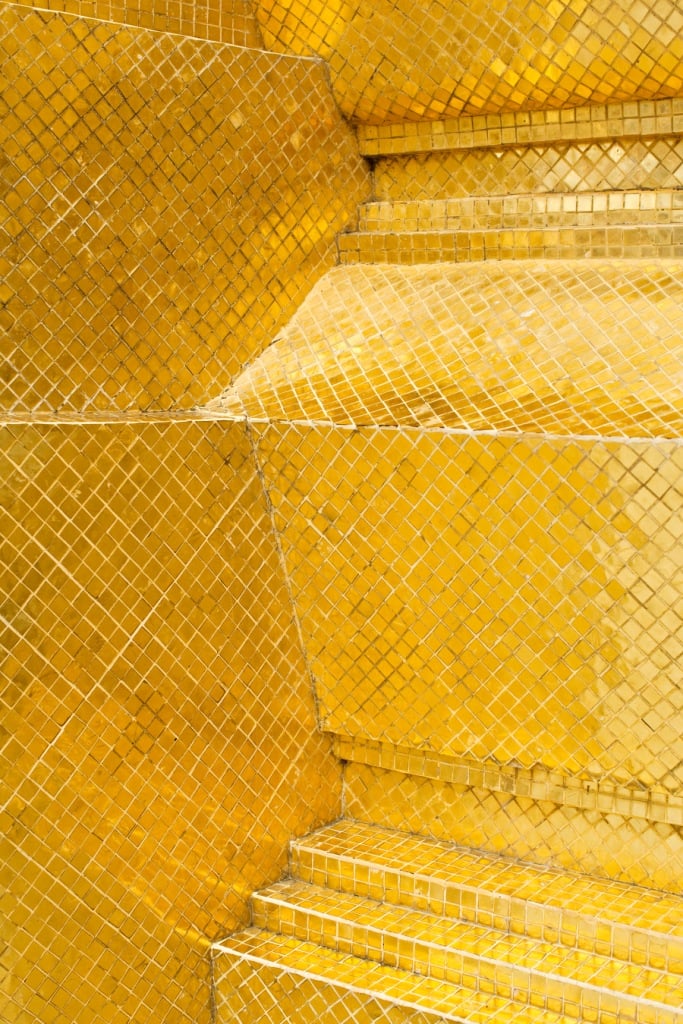
© » KADIST
Chris Wiley
2012Architectural details become abstracted renderings in Chris Wiley’s inkjet prints 11 and 20 (both 2012)...

© » KADIST
Charles Avery
2012Since 2005, Charles Avery has devoted his practice to the perpetual description of a fictional island...

© » KADIST
Jeremy Deller
2012Beyond the White Walls , with a commentary written and spoken by Jeremy Deller, is often wryly amusing...

© » KADIST
Ian Wallace
1986Wallace says of his Heroes in the Street series, “The street is the site, metaphorically as well as in actuality, of all the forces of society and economics imploded upon the individual, who, moving within the dense forest of symbols of the modern city, can achieve the status of the heroic.” The hero in Study for my Heroes in the Street (Stan) is the photoconceptual artist Stan Douglas, who is depicted here (and also included in the Kadist Collection) as an archetypal figure restlessly drifting the streets of the modern world...

© » KADIST
Anthony McCall
1974This score is a graphic record of the detailed choreography of one of Anthony McCall’s Landscape for Fire performances...

© » KADIST
Simon Starling
2007Invited in 2007 to the Museum Folkwang in Essen (Germany), Simon Starling questioned its history: known for its collections and particularly for its early engagement in favor of modern art (including the acquisition and exhibition of works by Cézanne, Gauguin, Van Gogh, Matisse), then destroyed during the Second World War, the museum was pillaged for its masterpieces of ‘degenerate art’ by the nazis...
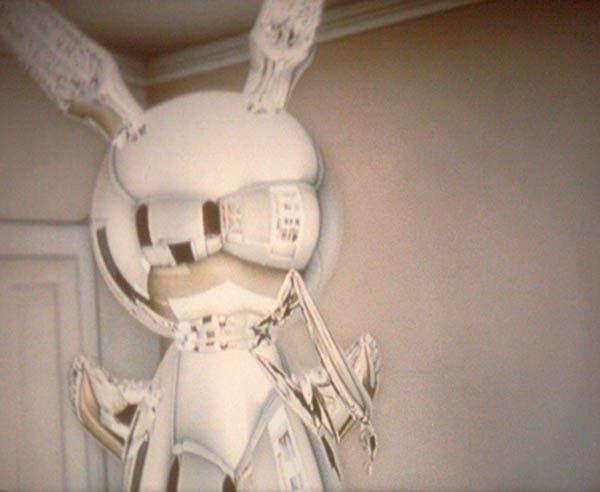
© » KADIST
Mark Leckey
2004In Made In Heaven , we are face to face with a sculptural apparition, a divine visitation in the artist’s studio...
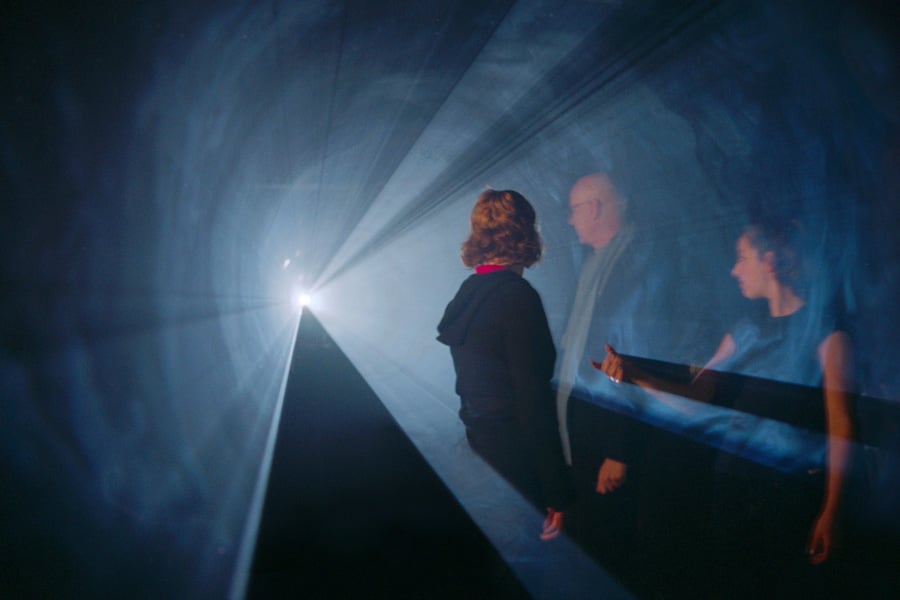
© » KADIST
Anthony McCall
1973The film Line Describing a Cone was made in 1973 and it was projected for the first time at Fylkingen (Stockholm) on 30 August of the same year...
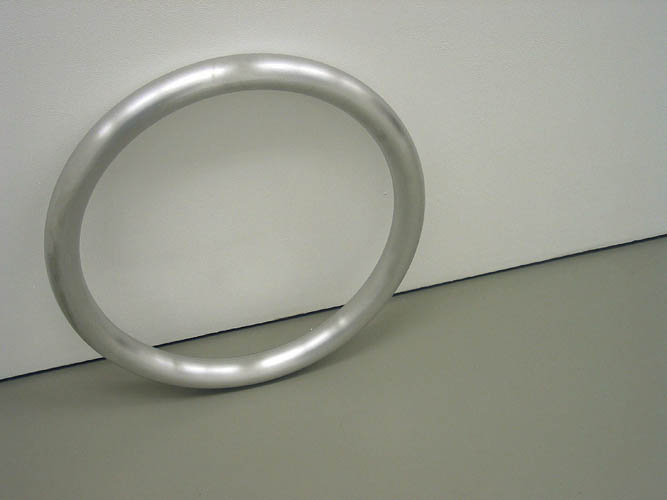
© » KADIST
Jonathan Monk
2003Untitled (rolled up) , is an abstract portrait of Owen Monk, the artist’s father and features an aluminum ring of 56.6 cm in diameter measuring 1.77 cm in circumference, the size of his father...
